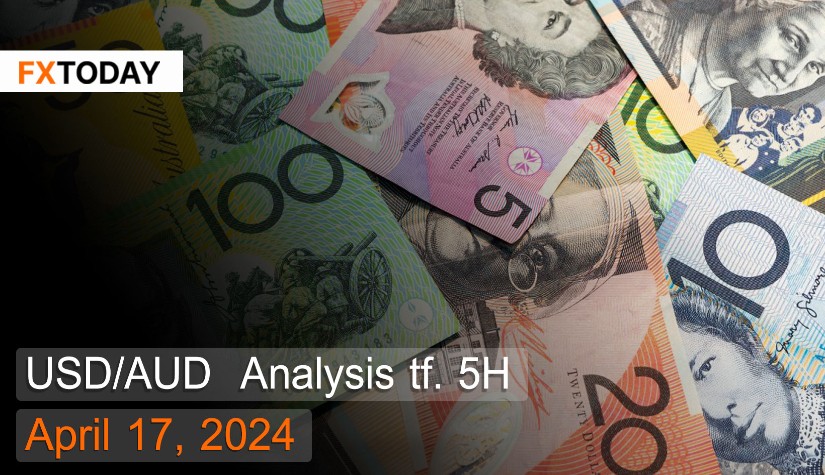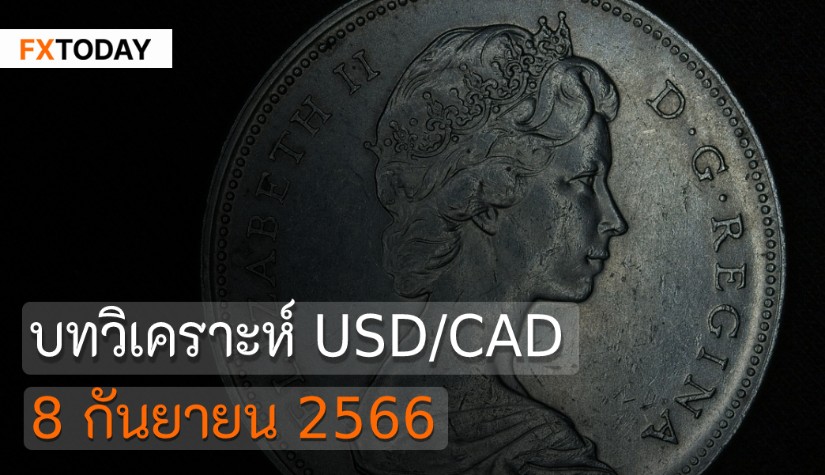The Australian economy may slow down at the end of this year.
The Australian dollar remains weak due to pressure from the US dollar and escalating conflicts in the Middle East. Investors are increasingly interested in the US dollar, and concerns about the domestic economy have risen again with the increase in prices of goods and services, leading to expectations of inflation next month.
Strong economic indicators from the United States have helped reduce expectations that the Fed will quickly lower interest rates. Investors are also watching for statements from Jerome Powell this week, which may provide further insight into the economy and Fed's direction. Additionally, important economic data will be announced next week, including the Core PCE Price Index, a key indicator for future monetary policy decisions.
The leading economic indicator, which indicates the trend of economic activity compared to the trend in the next 3-9 months, decreased by 0.1% when compared on a monthly basis in March. However, Westpac's senior economists still maintain their view that Australia's GDP will remain stable at 1.6% in 2024, slightly up from 1.5% in 2023. This growth is considered lower than Australia's trend of around 2.5%. The recent interest rate hikes have caused a slowdown in the economy, as well as delaying the growth of investments and consumption, which will help to bring inflation back within the central bank's target range.
High costs, particularly from rapidly increasing service prices, and uncertain domestic economic trends, are driving upward pressure on inflation. Additionally, rising costs from imports during the weakening of the Australian dollar remain a major cause of increased production costs.
Consumer confidence in Australia fell by 2.4% to 82.4 points in April due to stable inflation rates and high interest rates, impacting household spending directly. Although it is anticipated that the Reserve Bank of Australia will begin reducing interest rates later this year, daily living expenses may not decrease significantly.
Techical analysis data (5H)
Resistance: 1.5606, 1.5647, 1.5676
Source: Investing.com
Buy/Long 1: If the price touches support in the price range of 1.5507 - 1.5536 but cannot break the support at 1.5536, you may set a TP at approximately 1.5647 and SL at around 1.5466 or according to your acceptable risk.
Buy/Long 2: If the price breaks the resistance in the price range of 1.5606 - 1.5647, you may set a TP at approximately 1.5676 and SL at around 1.5507 or according to your acceptable risk.
Sell/Short 1: If the price touches resistance in the price range of 1.5606 - 1.5647 but cannot break the resistance at 1.5606, you may set a TP at approximately 1.5507 and SL at around 1.5676 or according to your acceptable risk.
Sell/Short 2: If the price breaks the support in the price range of 1.5507 - 1.5536, you may set a TP at approximately 1.5466 and SL at around 1.5647 or according to your acceptable risk.
Pivot point April 17, 2024 09:25 PM. GMT+7
|
Name
|
S3
|
S2
|
S1
|
Pivot Points
|
R1
|
R2
|
R3
|
| Classic | 1.5466 | 1.5507 | 1.5536 | 1.5577 | 1.5606 | 1.5647 | 1.5676 |
| Fibonacci | 1.5507 | 1.5534 | 1.555 | 1.5577 | 1.5604 | 1.562 | 1.5647 |
| Camarilla | 1.5545 | 1.5551 | 1.5558 | 1.5577 | 1.557 | 1.5577 | 1.5583 |
| Woodie's | 1.5458 | 1.5503 | 1.5528 | 1.5573 | 1.5598 | 1.5643 | 1.5668 |
| DeMark's | - | - | 1.5521 | 1.5569 | 1.5591 | - | - |
















